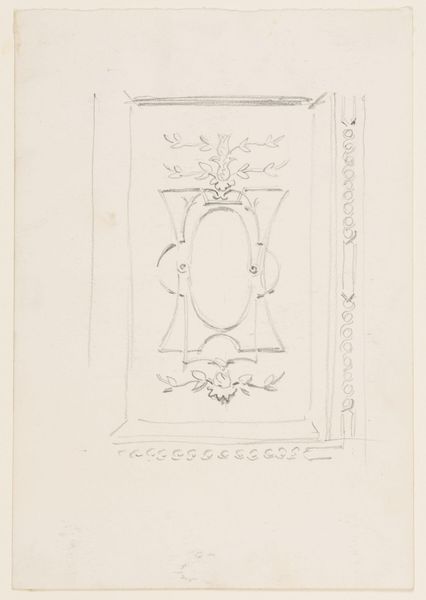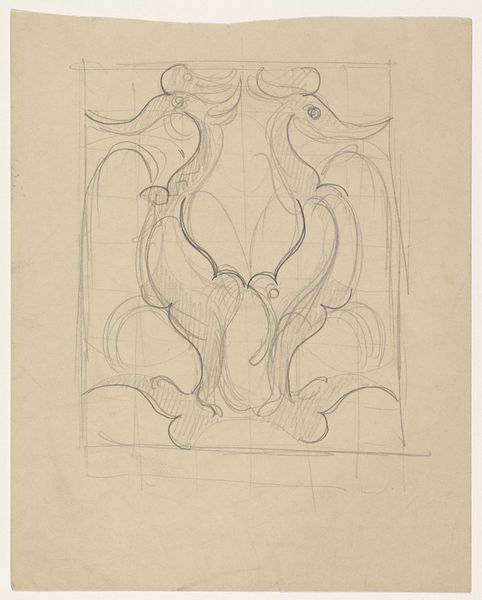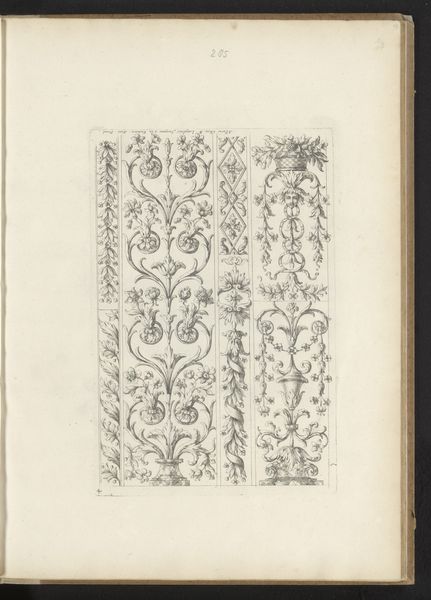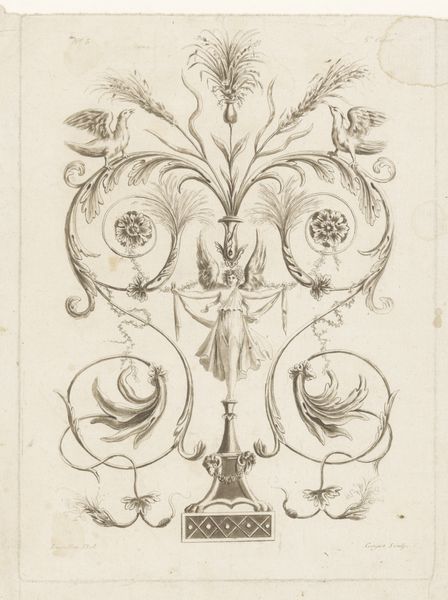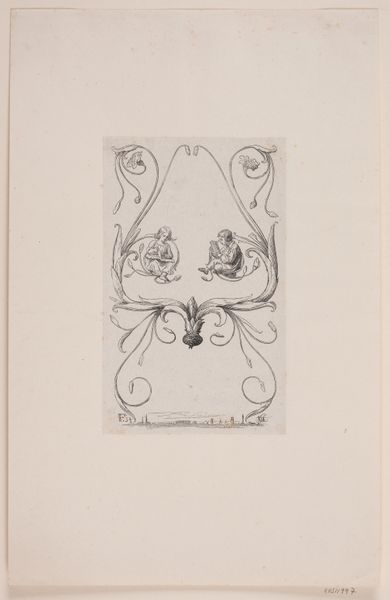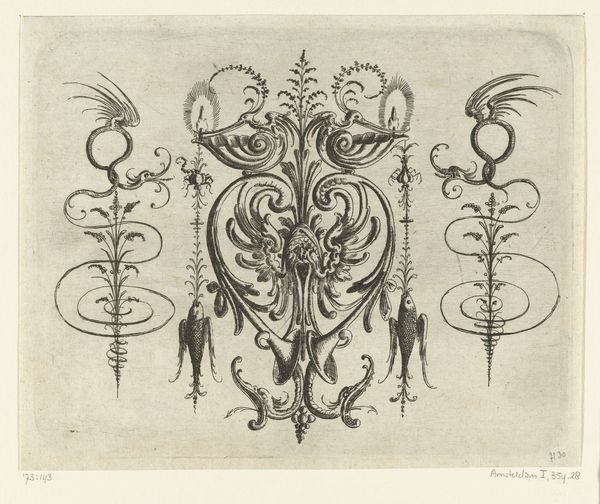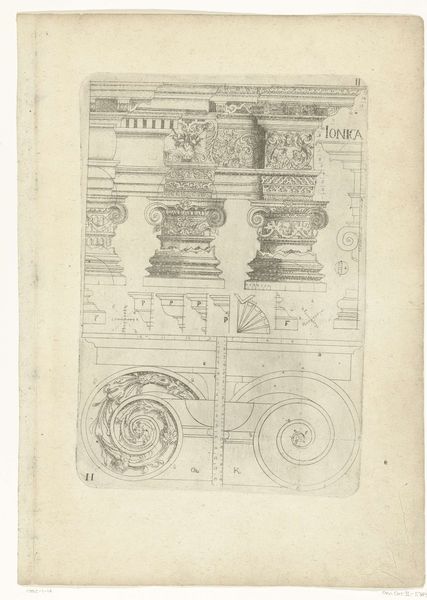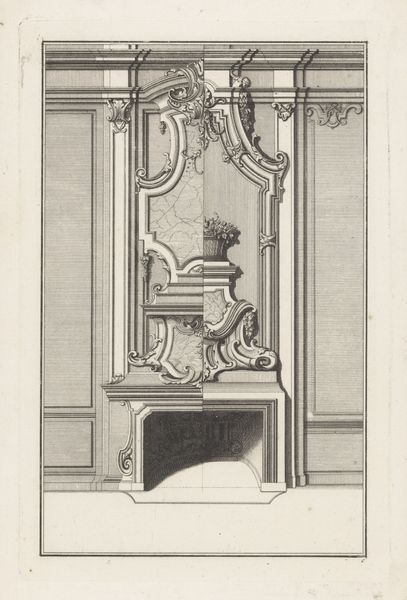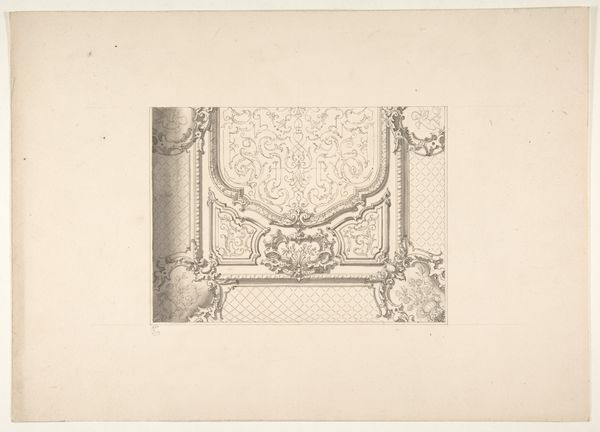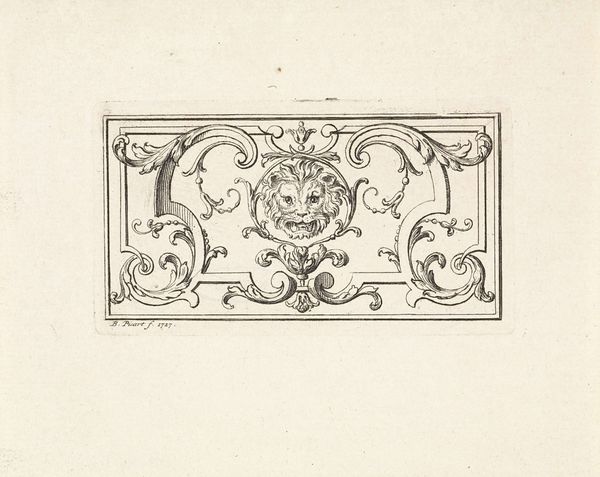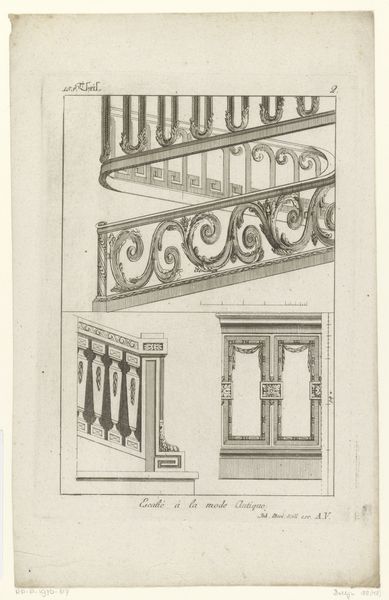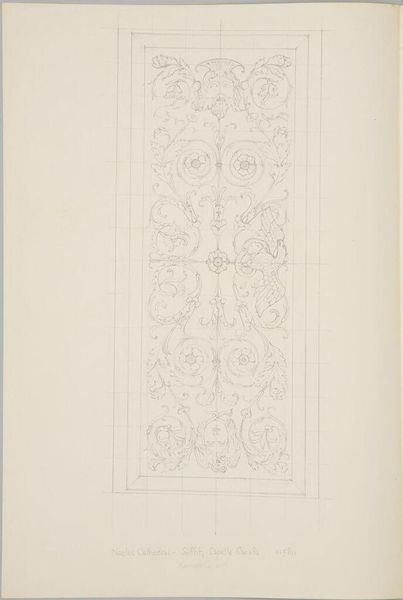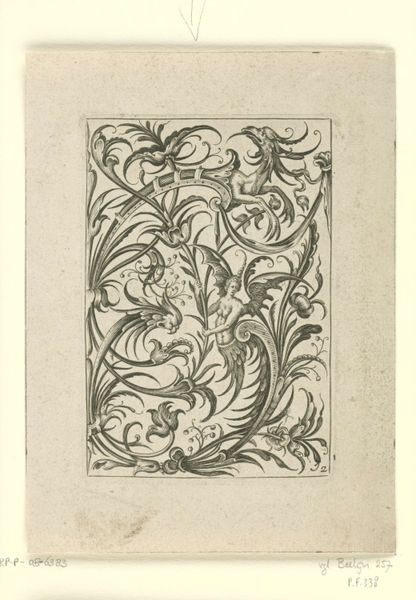
drawing, print, etching, ink, architecture
#
drawing
#
baroque
#
pen drawing
# print
#
etching
#
classical-realism
#
ink
#
geometric
#
architecture
Dimensions: height 172 mm, width 179 mm
Copyright: Rijks Museum: Open Domain
Editor: This is “Kapiteel met acanthusmotief,” or “Capital with acanthus motif,” an etching from between 1600 and 1691 by Cesare Domenichi. It’s so detailed! What strikes me is the blend of natural forms – those swirling acanthus leaves – with the strict geometry of the architectural structure. What do you make of it? Curator: It’s interesting you noticed that interplay, because these architectural drawings weren't just about aesthetics. They functioned within specific political and institutional contexts. These meticulously rendered capitals, initially intended for building design and manuals, eventually helped propagate an ideology. Can you see how such detailed depictions could serve not just as guides for construction but also for asserting power? Editor: I hadn't considered that! It's like the image is less about a single column, and more about establishing classical style as the correct, almost official, way to build. So, in a way, the architectural style and imagery become a means to legitimize authority? Curator: Precisely. Consider where this image was likely displayed and disseminated: in workshops, academies, perhaps even among patrons commissioning buildings. It’s part of a larger cultural conversation about the "correct" style, directly influenced by humanist ideals. Editor: It's incredible to think about how seemingly simple architectural drawings could become part of a much bigger story about cultural and political power! It’s much more layered than I first assumed. Curator: Yes, and that tension between aesthetic beauty and the assertion of authority continues to play out even today in how we design public buildings and spaces. Recognizing those connections changes how we perceive these forms. Editor: Definitely! Now, when I see these drawings, I see them not just as representations of a capital, but as little pieces of history reflecting power, culture and the institutions of that time.
Comments
No comments
Be the first to comment and join the conversation on the ultimate creative platform.

